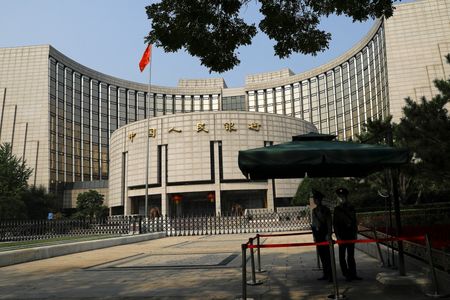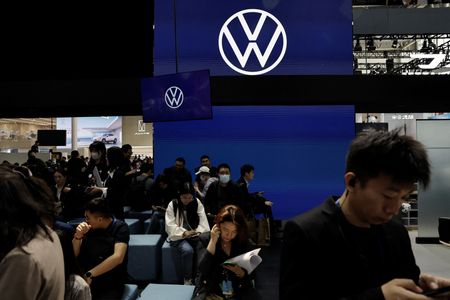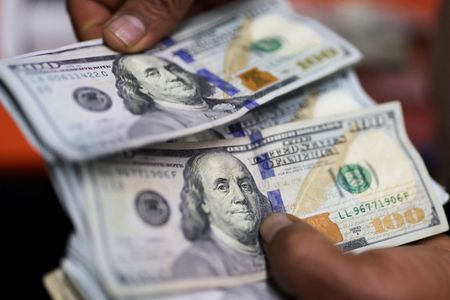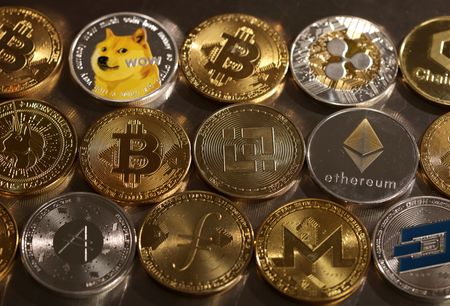SHANGHAI (Reuters) – China is expected to leave its benchmark lending rates unchanged on Thursday, a Reuters poll showed, as authorities walk a fine line between prioritising financial stability and providing more stimulus at a time when Beijing is facing fresh trade tensions.
The central bank has adopted a cautious approach in recent cash injection despite a shift to an “appropriately loose” monetary policy stance this year, as yuan weakness and narrowing net profit margins at lenders limit its easing efforts.
The loan prime rate (LPR), normally charged to banks’ best clients, is calculated each month after 20 designated commercial banks submit proposed rates to the People’s Bank of China (PBOC).
In a Reuters survey of 30 market watchers conducted this week, all respondents expected both the one-year and five-year LPRs to remain steady.
China’s central bank said last week that it would adjust its monetary policy at the appropriate time to support the economy, amid rising external headwinds, particularly led by the threat of an escalating trade war with the United States under President Donald Trump.
Trump has announced a 10% tariff on Chinese imports as part of a broad plan to improve the U.S. trade balance, triggering retaliation from Beijing.
“Recent events underscored the long-standing stability dilemma for the PBOC – balancing policy easing to support economic growth with maintaining financial stability … FX stability concerns remain a key constraint on policy rate cuts,” said Xinquan Chen, economist at Goldman Sachs.
Chen said persistent deflationary pressure in the world’s second largest economy still warranted significant monetary easing. He expects two 50-basis-point cuts to banks’ reserve requirement ratio (RRR) in the first- and third-quarter this year and two 20-basis-point reductions to policy rates in the second- and fourth quarter.
China’s yuan has lost 2.5% to the dollar since Trump’s November election win. During Trump’s first term as president, a series of tit-for-tat U.S.-China tariff announcements drove the yuan down more than 12% against the dollar between March 2018 and May 2020.
Separately, encouraging loans data also reduced urgency for imminent monetary easing, traders said, as new bank loans in China surged more than expected to a record high in January.
“Monetary policy has already moved into a wait-and-see status, and we expect rate and RRR cuts to only start from the second quarter of 2025,” Citi analysts said in a note.
“With timely reassessment and adjustment less feasible for fiscal policy, we think fiscal details from the upcoming National People’s Congress (NPC) would be the most important policy signal for the first half of this year.”
(Reporting by Shanghai Newsroom; Editing by Shri Navaratnam)











